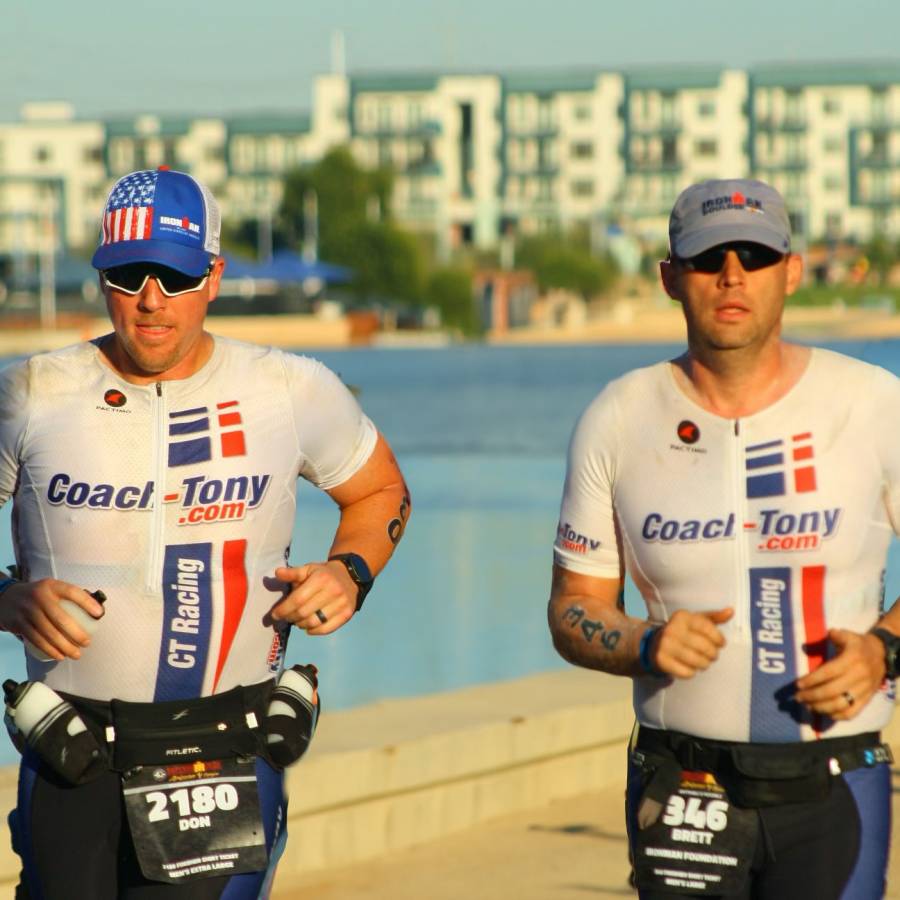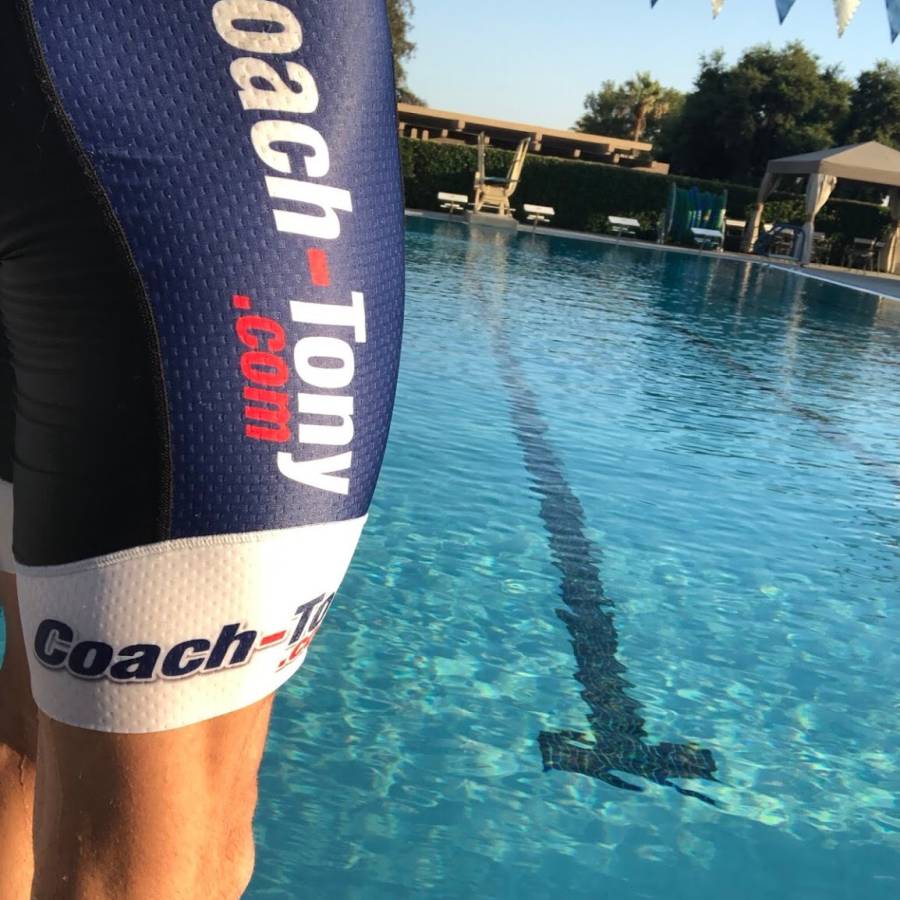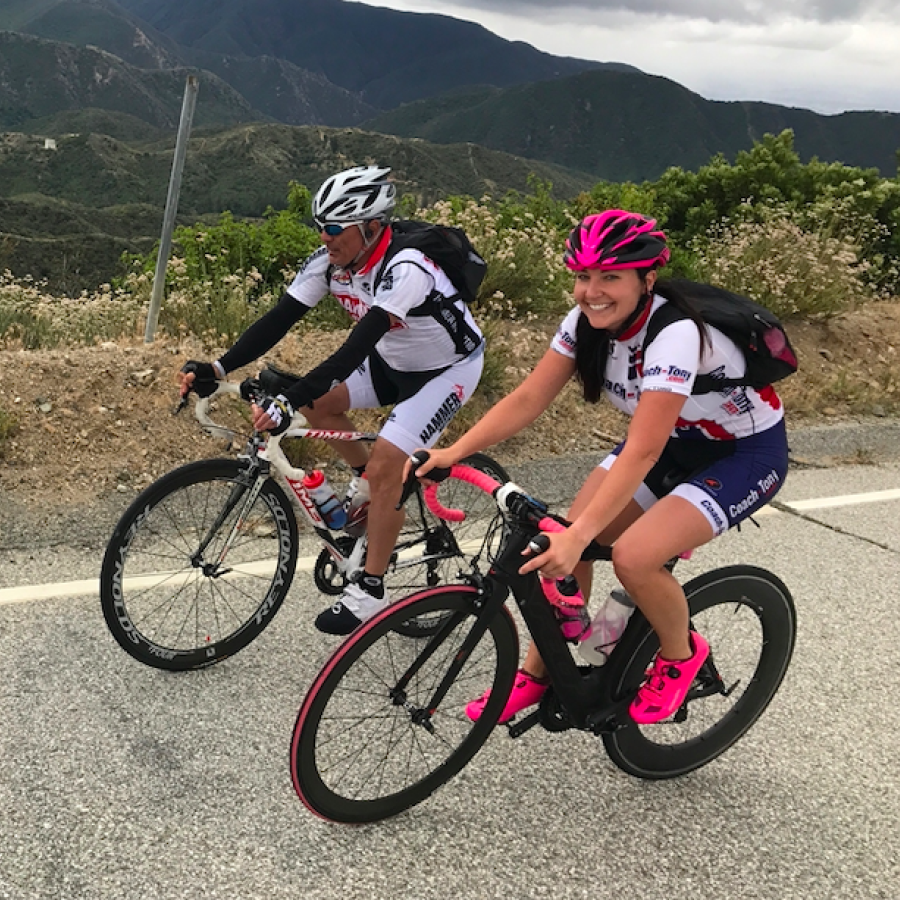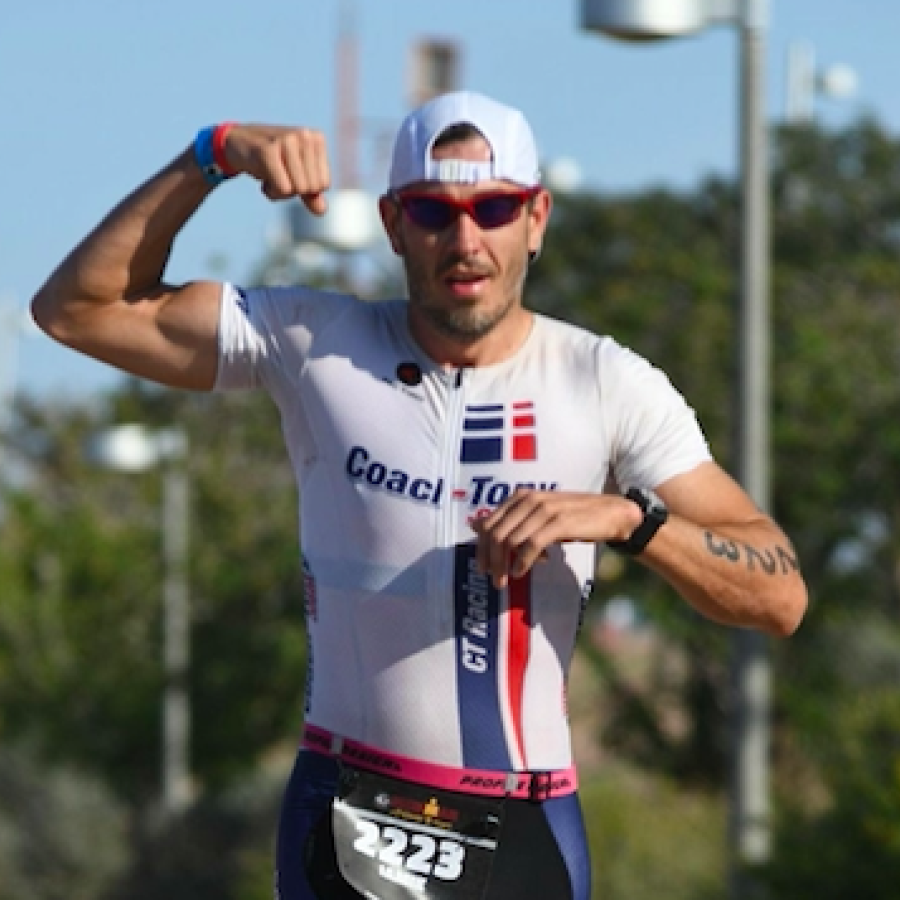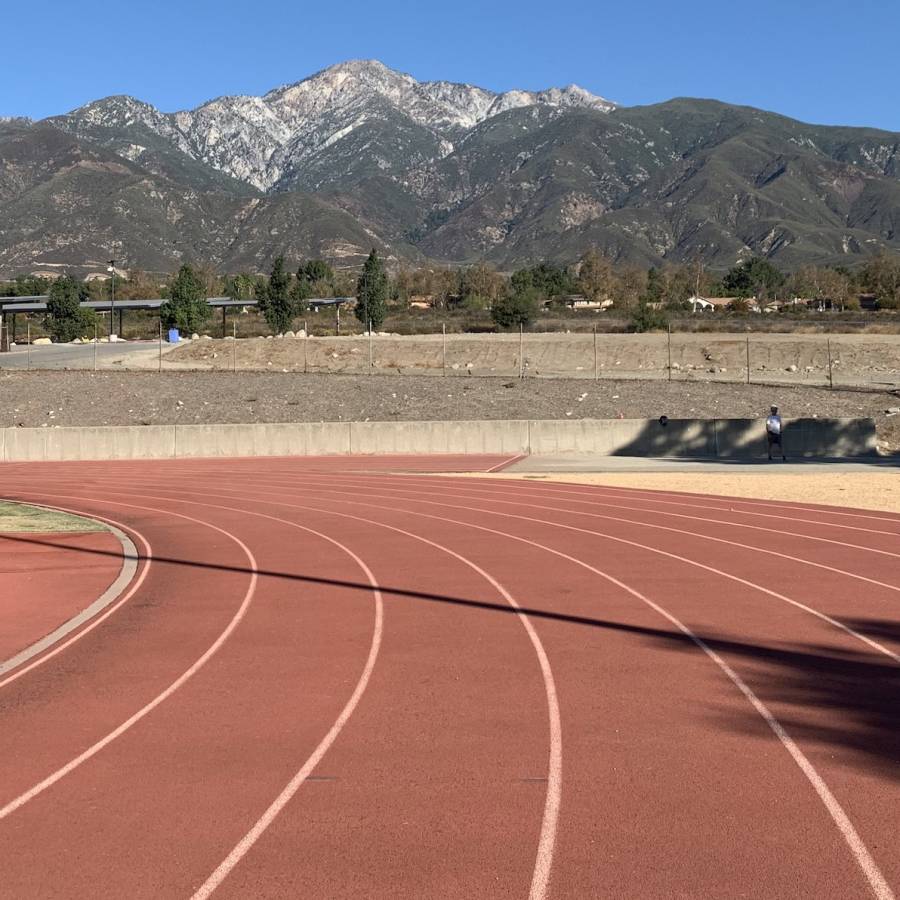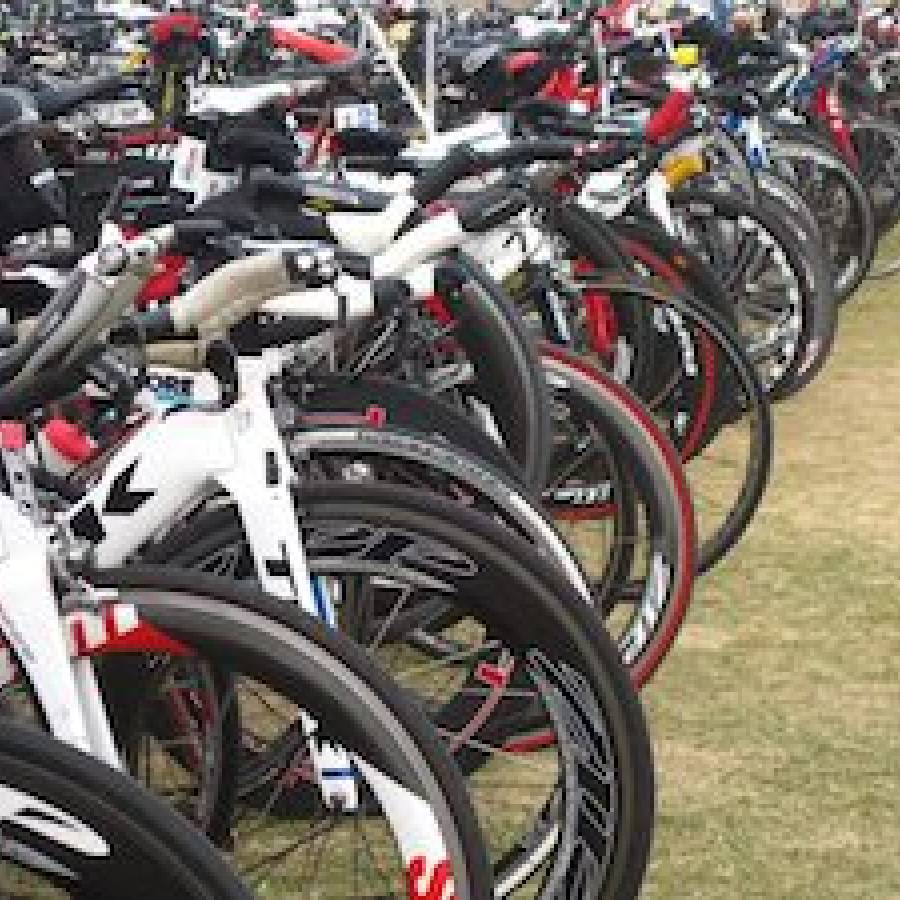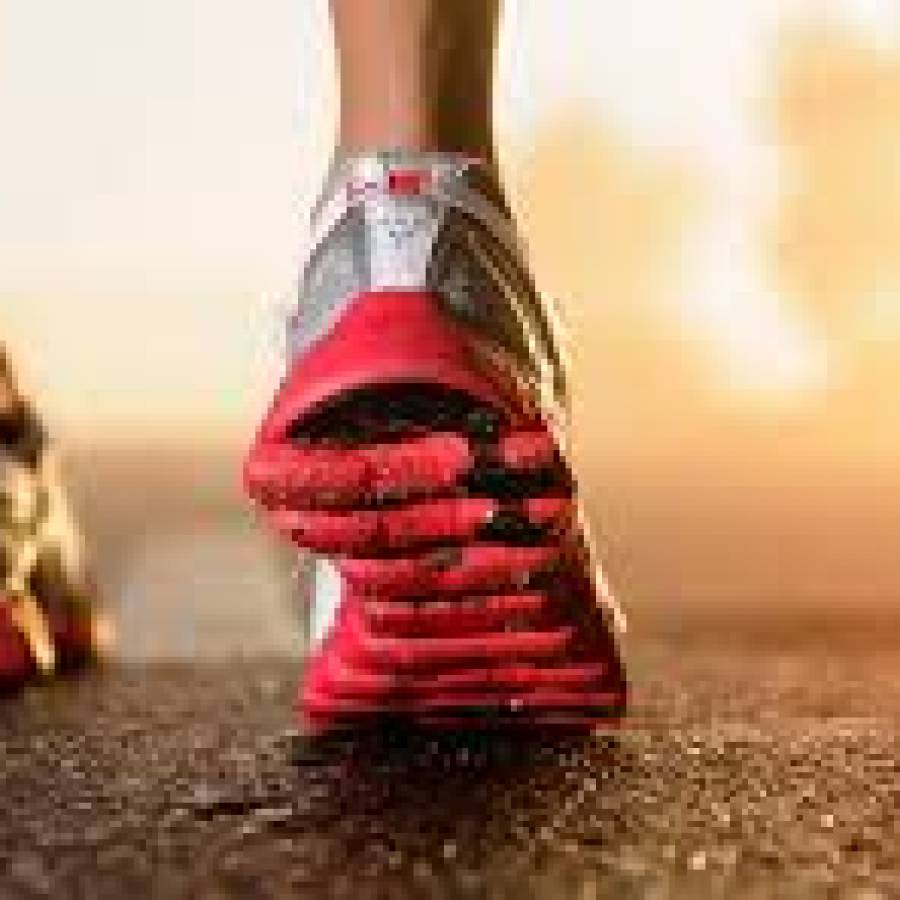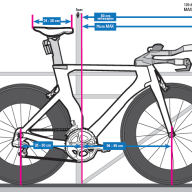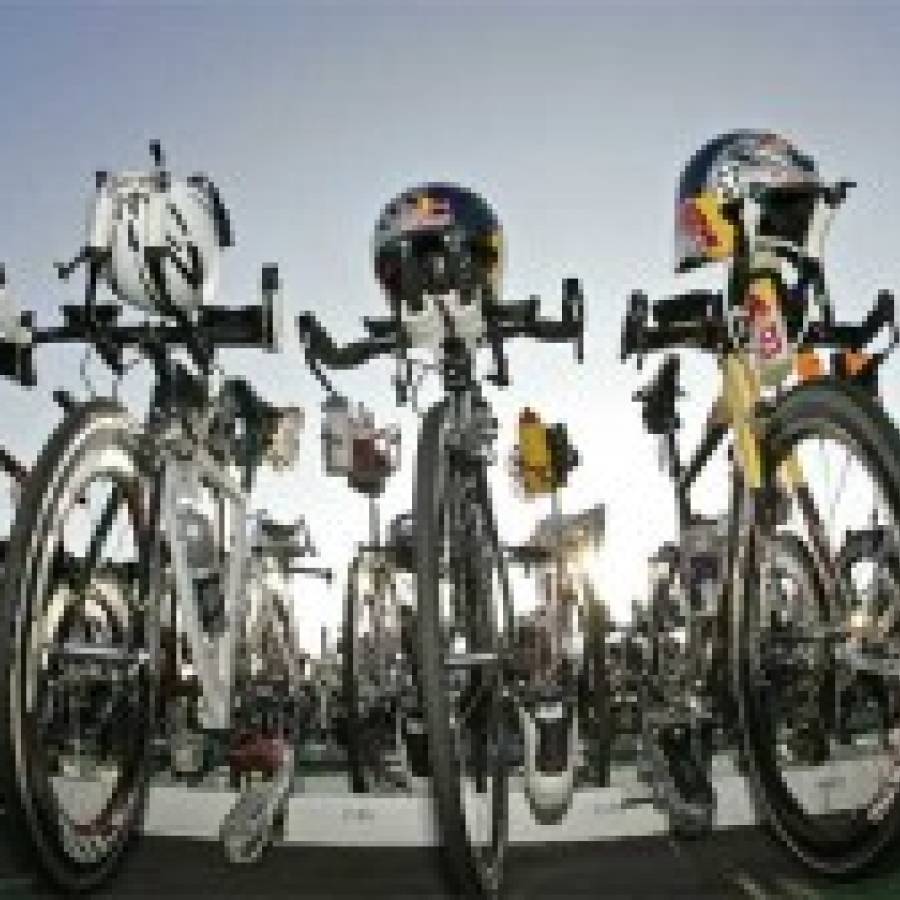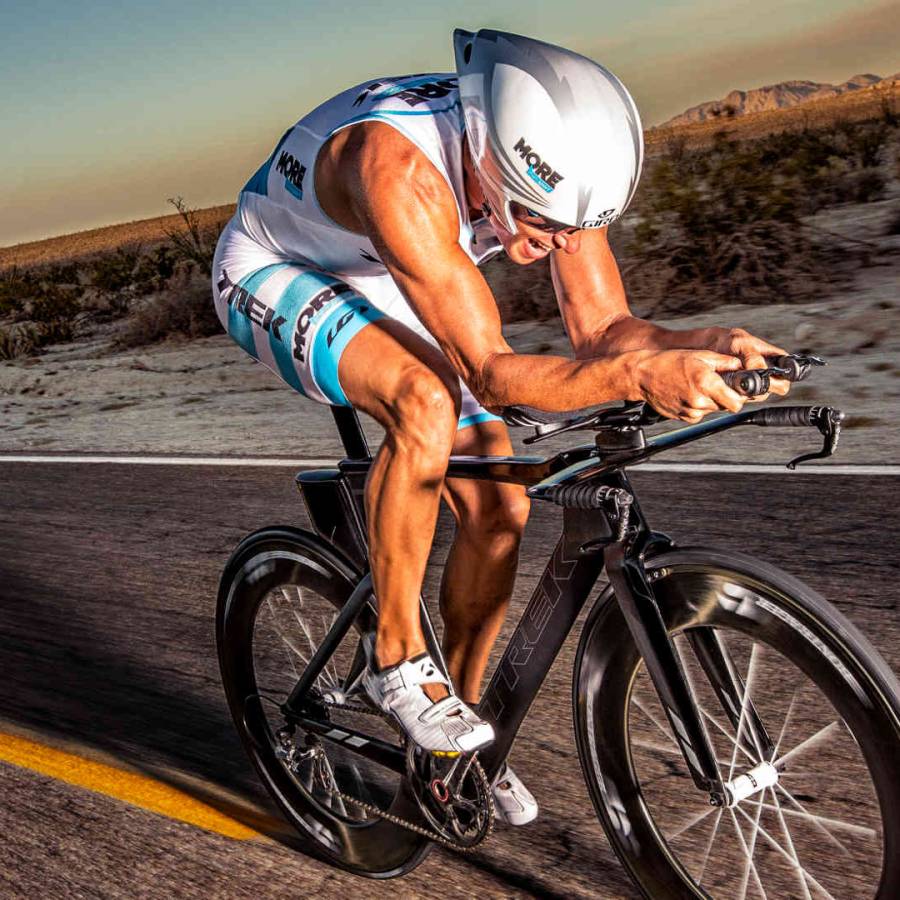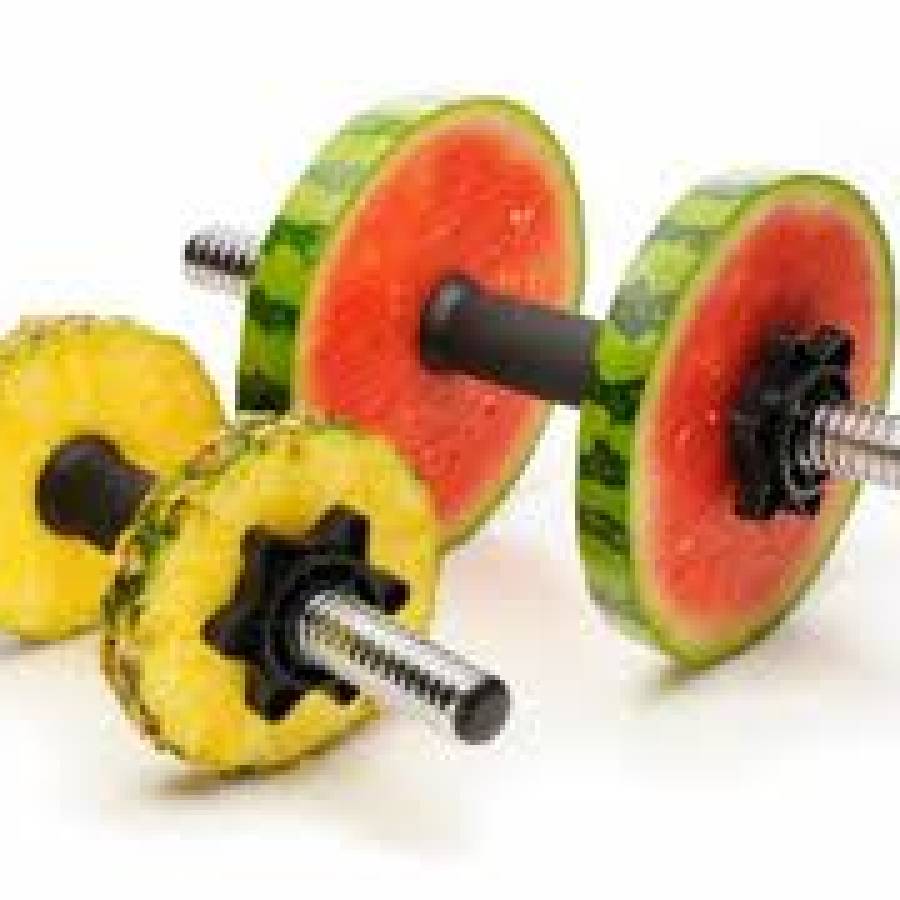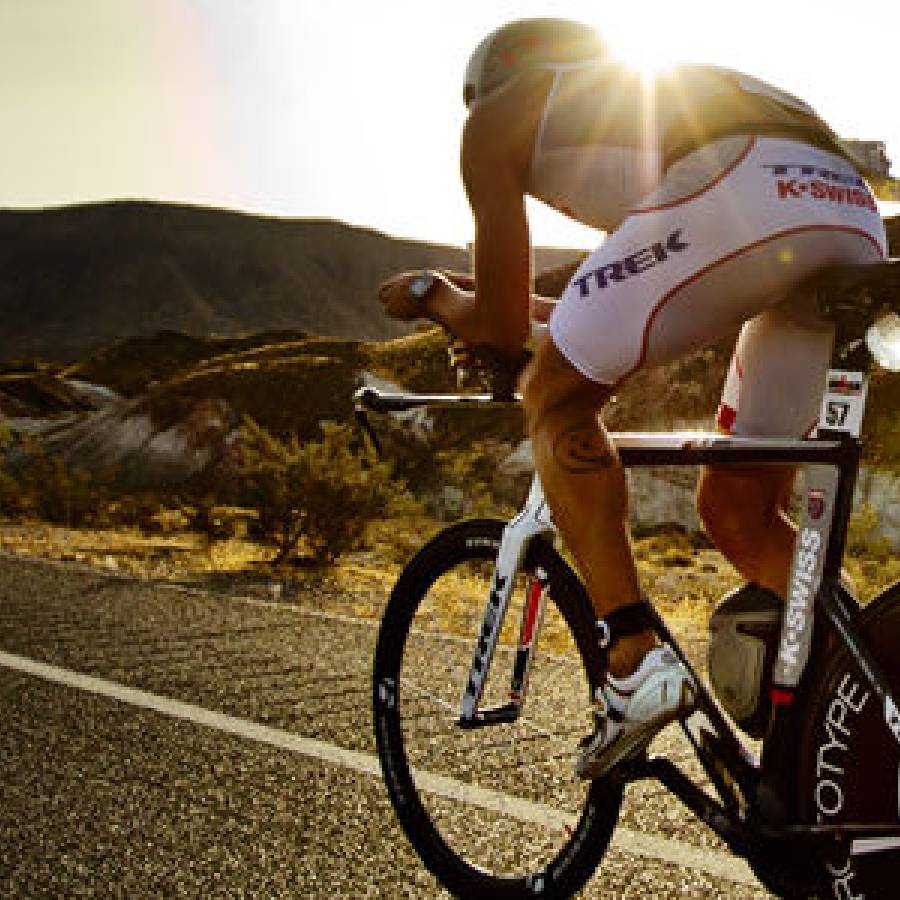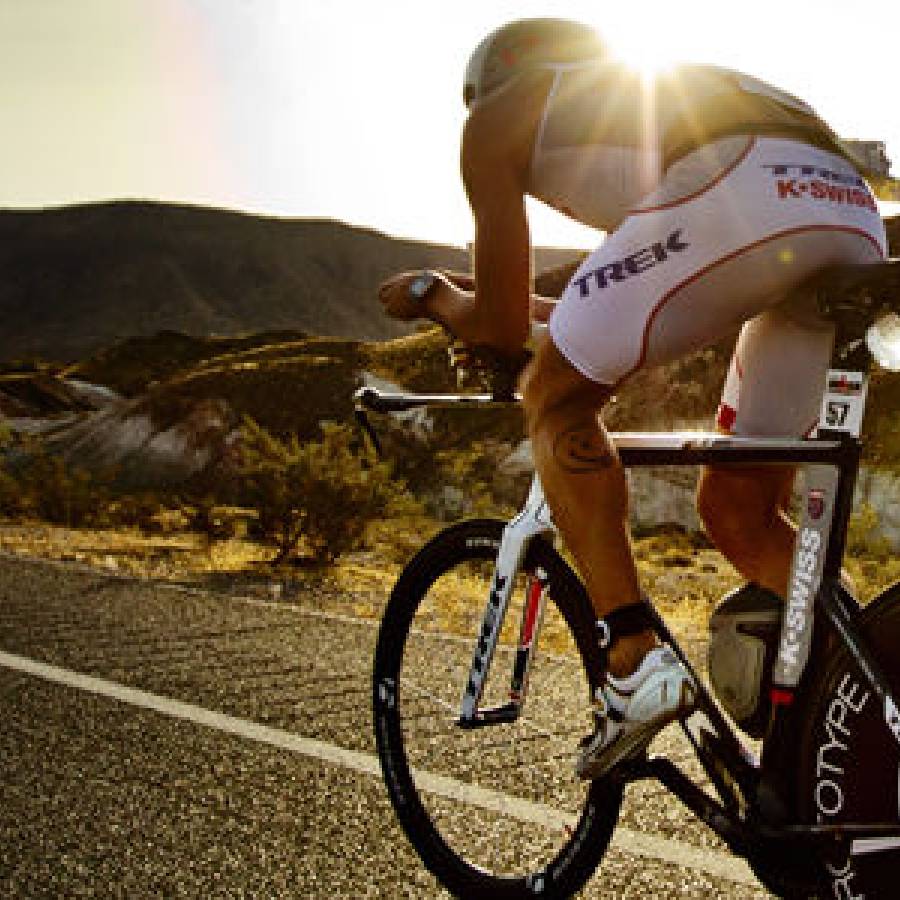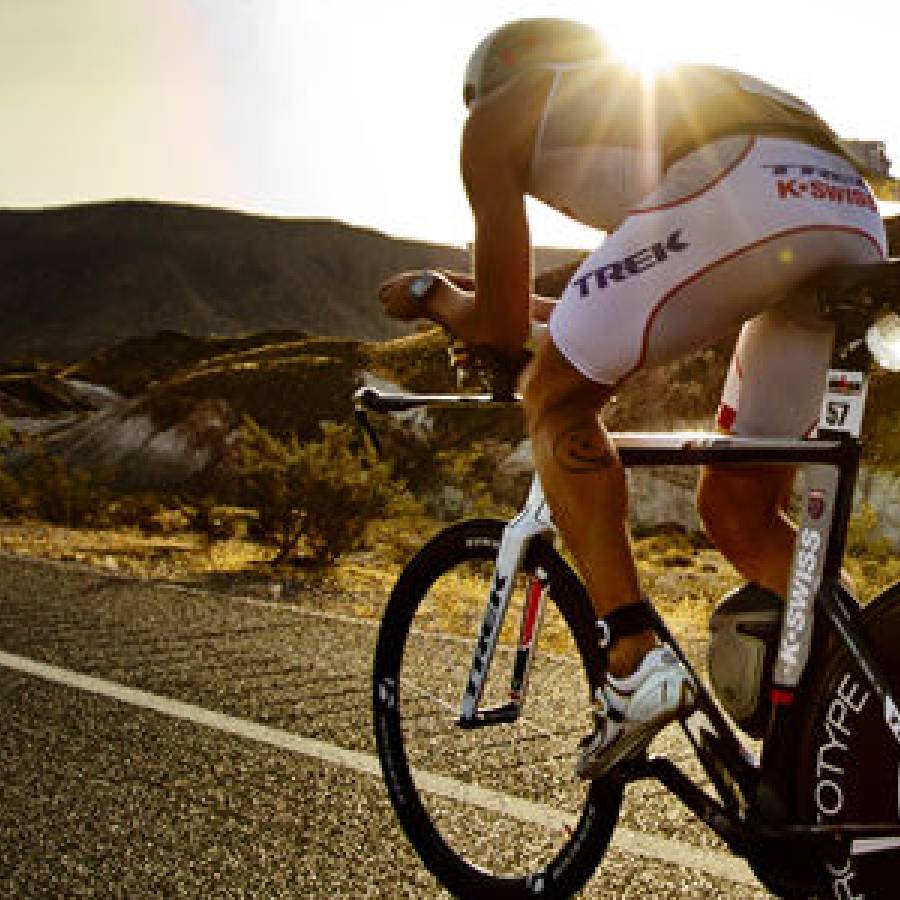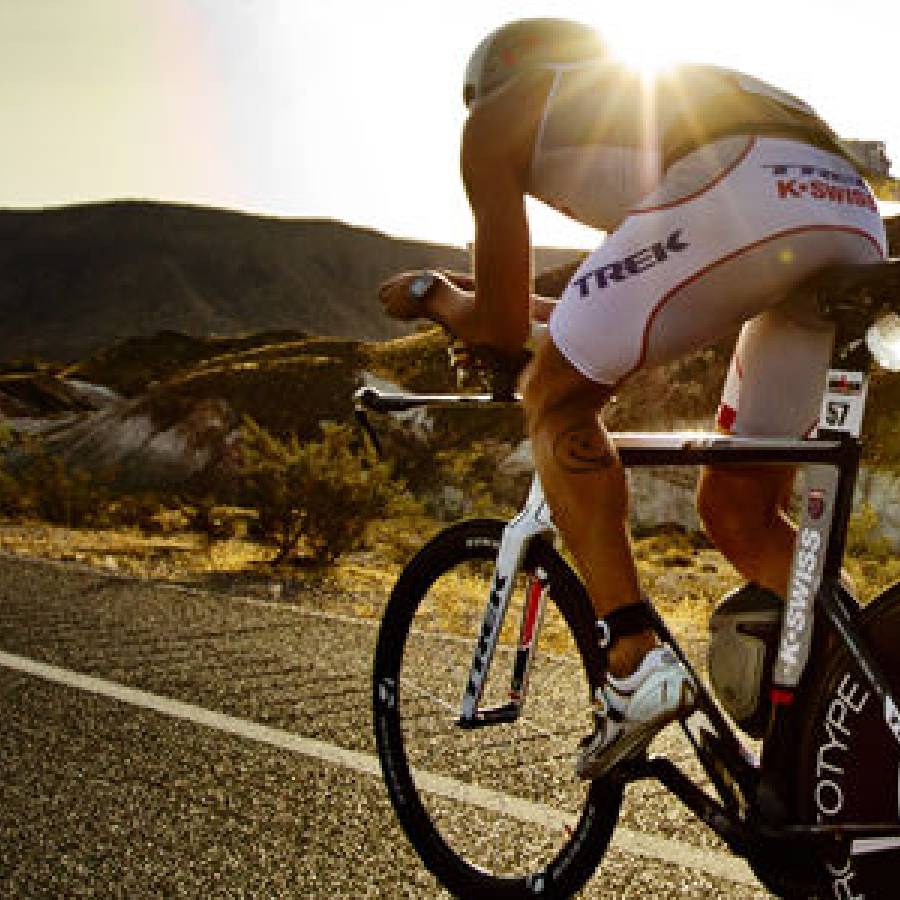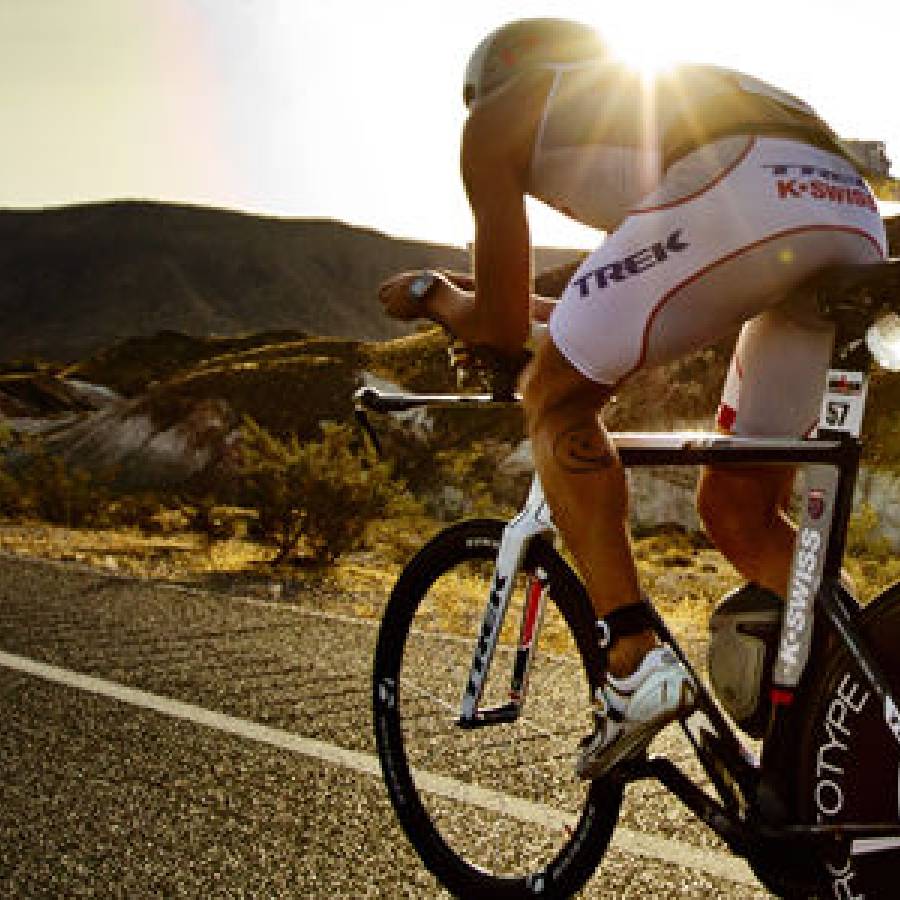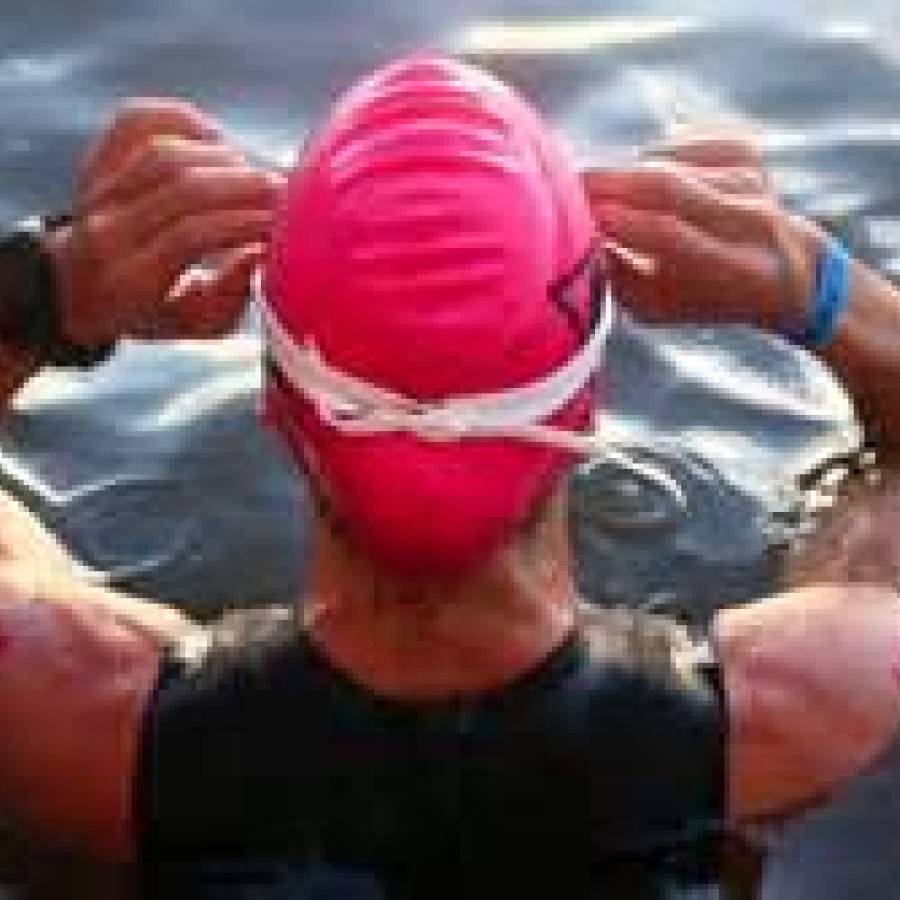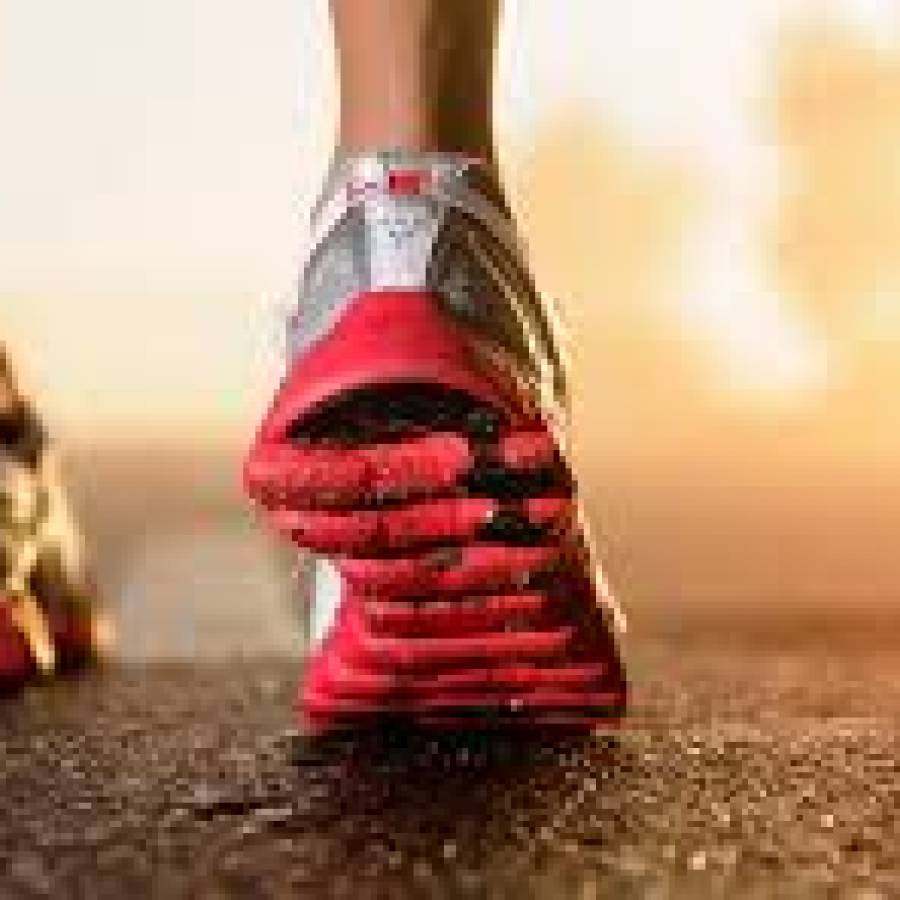Running is not easy. However, for the time invested, it is by far one of the most beneficial activities in terms of workout, calories burned, muscle strengthening, stress relieving, and overall fitness improving activities you can do without placing a strain on your career, family, or relationship. Below are a few basic running principles that foster an efficient running posture and possibly help you make some improvements.
Head Position
Your head position should be such that you are looking 15-20 feet ahead of you in a down angle. Keeping your chin locked, but not tight, in this position will eliminate head sway that could cause residual neck soreness.
Chest & Shoulders
Run tall and proud with your chest open. Keeping your torso up high will allow for better air flow. Imagine a bar running down through the top of your head and spine keeping you upright and straight. Building a strong core will help your torso stay tall during the later miles when fatigue usually compromises run posture. Leaning forward will help your momentum. Leaning forward does not mean bend at the waist so that your upper body leans more than your lower body. Your entire body should lean forward keeping the alignment with the imaginary pole running through your spine.
Arms
You right arm swing assists your left leg’s turnover (and visa versa). Your arm swing motion should be forward in the direction you’re heading and not across your body. Keep your elbow in line with your wrist. Imagine that you’re pulling down on a string that is attached to a bell. Avoid crossing over the midline of your body. Your hand should be just above your waist, not up by your chest. Your hands should be cupped and wrists straight.
Hips
Bringing your hips forward will facilitate and improve your leg lift. Imagine your hips are a bowl and the top half of your body rests in your bowl (hips). If you tip your bowl forward too much, your body will spill out. Another way to look at this is to slightly overcompensate for your butt sticking out your back side. Bring it in so that your torso rests on top of your hips.
Foot Strike
Generally, there are 3 kinds of foot strike; heel, mid-sole, toes. Heel strike is when your heel is the first part of your shoe that meets the ground. This happens when your foot meets the ground in front of your torso and is caused by poor hip position. The drawback to this strike is that you are braking with each stride, loosing momentum, wasting energy and running very inefficiently. You will also wear the heel of your expensive running shoes prematurely while the rest of the shoe is probably just fine. Your foot should strike the ground at the mid-sole (center) of your shoe and directly beneath your torso (or as close as possible). This will avoid any loss of momentum and place your leg in a “ready” position to push you forward. As you run, bring your heel up towards your butt. This helps to bring your legs forward and promotes a more efficient stride.
Here are a few common questions and answers about running:.
Q1 - If I am trying to lose weight how important is it that I actually eat during the run? During training? During the day of the race?.
A1 - Loosing weight through running is a great idea. Your body can sufficient calories to conduct a 60-90 minute workout without needing any additional caloric intake. Workouts, or races, beyond 90 minutes should be supplemented with additional calories that help you burn sustain energy levels. Remember, your heart rate will dictate the ratio of fat vs. carbs required given the zone (workout intensity level) you’re in.
Q2 - I used to run but now I am 40+ pound over weight, I really have not run in years and am concerned that maybe running is not for me anymore till I lose the weight. How should I go about running (or should I start with another exercise) I really love running!.
A2 – Running is for everyone. Start slow, maybe by walking, and give your knees time to readapt to the stress. If done properly, running is probably one of the quickest and healthiest ways to management weight. Keep in mind, proper weight management through running is a lifestyle change that includes better nutrition and sufficient recovery.
Q3 - I get shin splints every time I run a lot what can I do to stop this injury?.
A3 – Gradual adaptation to running (or from week to week) is important. If you’ve not run in long time, consider several weeks of walking first. Thereafter gradually increase your run while reducing your walk. Give your muscles the ability to adapt to the stress. You should not increase your mileage beyond 10% per week. Are you adding recovery weeks and active rest to your training schedule?
Q4 - Can you set up a program that will prepare me for the Silver Strand half on November 11th?
A4 – Yes, training plans are available on www.coach-tony.com.
Q5 - How often should I run and how far?
A5 – This is different for everyone and depends on individual goals. Once you have a goal, consider your current fitness level and the gap between it and your desired fitness level. Then build need a plan.
Q6 - How important is a heart rate monitor?
A6 – This is an entire subject in its self. View a heart rate monitor in much the same way you view the gauges in your car. It is a tool to better understand your body. Knowing how your body fuels itself (fats vs carbohydrates), when it needs different types of fuels, and how much is left in the tank is important regardless of whether you are interest in weight management or a podium finish. A heart rate tells you what’s happening so that you can make smart decisions.
Q7 - Can I walk the race? Or run/walk a race?
A7 - Most, if not all, races have a time limit. It does not matter if you run, walk, or combination thereof. It is more important to know you can finish within the time limit.

